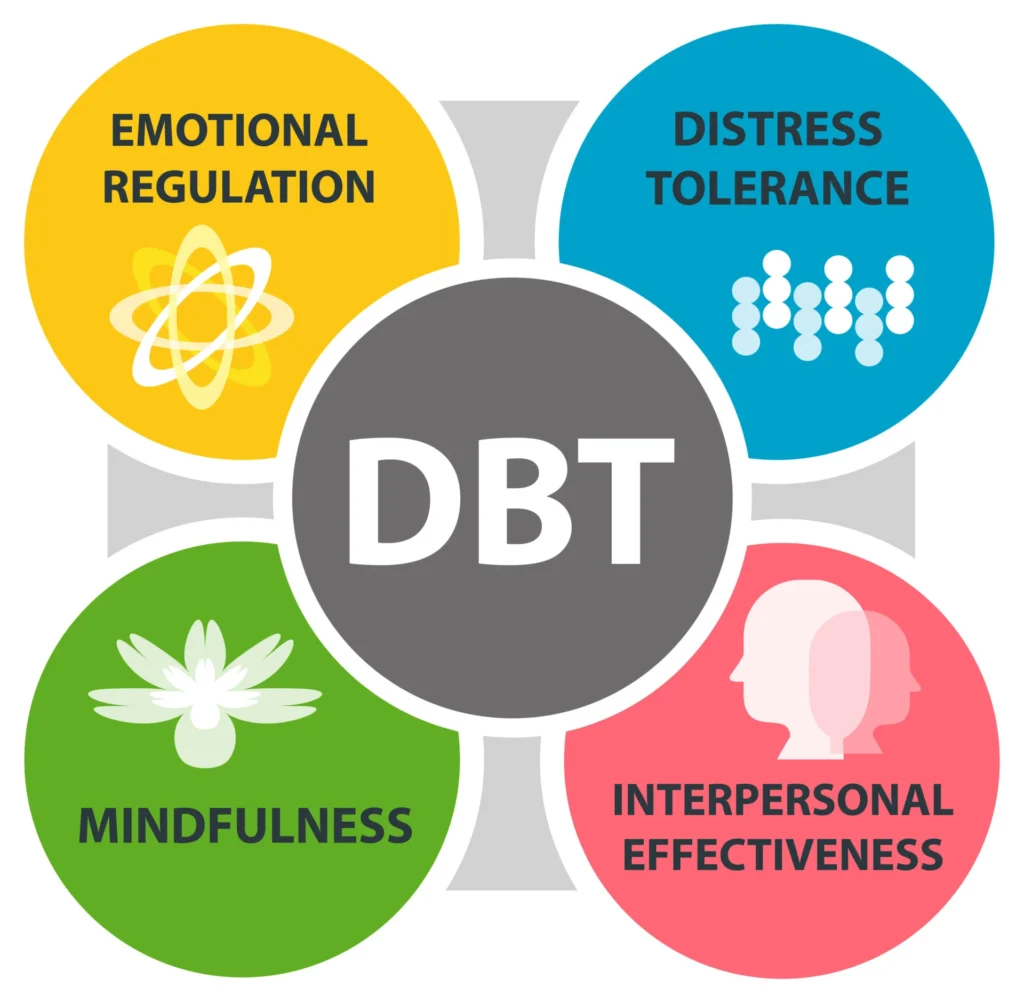DBT FULL FORM: What is DBT and How it Works?
Are you wondering what DBT Full Form is? In this article, we will explore the meaning of DBT, its applications, and how it can help individuals manage their emotional responses.
Read Other Full Forms
Introduction
DBT is a therapeutic approach that is designed to help individuals who struggle with managing intense emotions. This therapy is particularly useful for those who have borderline personality disorder (BPD) or who engage in self-harm or suicidal behavior. DBT teaches individuals to tolerate distress and regulate their emotions in a healthy manner.
What is the Full Form of DBT?
Full form of DBT is Dialectical Behavior Therapy. This therapy was developed in the late 1980s by Marsha Linehan, a psychologist at the University of Washington. DBT combines elements of cognitive-behavioral therapy (CBT) with mindfulness practices, Eastern spiritual traditions, and dialectical philosophy.

The History of DBT
Marsha Linehan developed DBT after recognizing that traditional forms of therapy were not effective for individuals with BPD. She began developing the therapy in the 1980s and published the first manual for DBT in 1993. Since then, DBT has become a widely recognized and effective treatment for individuals with BPD and other emotional dysregulation disorders.
Who Benefits from DBT?
DBT is particularly useful for individuals who struggle with managing intense emotions. This includes individuals with BPD, as well as those who have experienced trauma or who engage in self-harm or suicidal behavior. DBT can also be helpful for individuals who struggle with addiction or eating disorders.
What are the Four Modules of DBT?
DBT consists of four modules that are designed to teach individuals specific skills to manage their emotions. These modules are:
Module 1: Mindfulness
Mindfulness is the foundation of DBT. This module teaches individuals to be present in the moment and to observe their thoughts and feelings without judgment. Mindfulness helps individuals develop a greater awareness of their emotions and reduces the likelihood of impulsive behavior.
Module 2: Distress Tolerance
This module teaches individuals skills to manage distress in a healthy manner. Distress tolerance skills include self-soothing, distraction, and radical acceptance. These skills help individuals tolerate distress without engaging in harmful behaviors.
Module 3: Emotional Regulation
Emotional regulation skills help individuals identify and manage their emotions in a healthy manner. This module teaches skills such as identifying emotions, reducing emotional vulnerability, and increasing positive emotions.
Module 4: Interpersonal Effectiveness
Interpersonal effectiveness skills help individuals communicate effectively and maintain healthy relationships. This module teaches skills such as assertiveness, boundary-setting, and active listening.
How Does DBT Work?
DBT is typically delivered in a group format, with individuals attending weekly sessions for six months to a year. In addition to group therapy, individuals may also receive individual therapy and phone coaching from their therapist.
DBT focuses on balancing acceptance and change. Therapists work with individuals to accept their emotions and behaviors while also teaching them skills to change maladaptive patterns. DBT is a highly structured therapy that emphasizes homework assignments, skills practice, and group support.
Conclusion
DBT is a highly structured therapy that requires active participation from individuals. The therapy is typically delivered in a group format, with weekly sessions and individual therapy, and phone coaching from the therapist. By learning specific skills and practicing them in a supportive environment, individuals can learn to manage their emotions in a healthy manner and improve their quality of life.
Frequently Asked Questions
Q.1 Is DBT effective for individuals with depression or anxiety?
Yes, DBT can be helpful for individuals with depression or anxiety who struggle with emotional regulation.
Q.2 How long does DBT take to work?
DBT is typically delivered in a 6-month to 1-year timeframe, but the length of therapy depends on the individual’s needs and progress.
Q.3 Can I do DBT on my own?
DBT is a highly structured therapy that is best delivered with the support of a trained therapist. However, there are self-help resources available that can supplement therapy.
Q.4 Is DBT covered by insurance?
Many insurance plans cover DBT, but it’s important to check with your insurance provider to confirm coverage.
Q.5 Can DBT be used in combination with medication?
Yes, DBT can be used in combination with medication to manage mental health symptoms.

